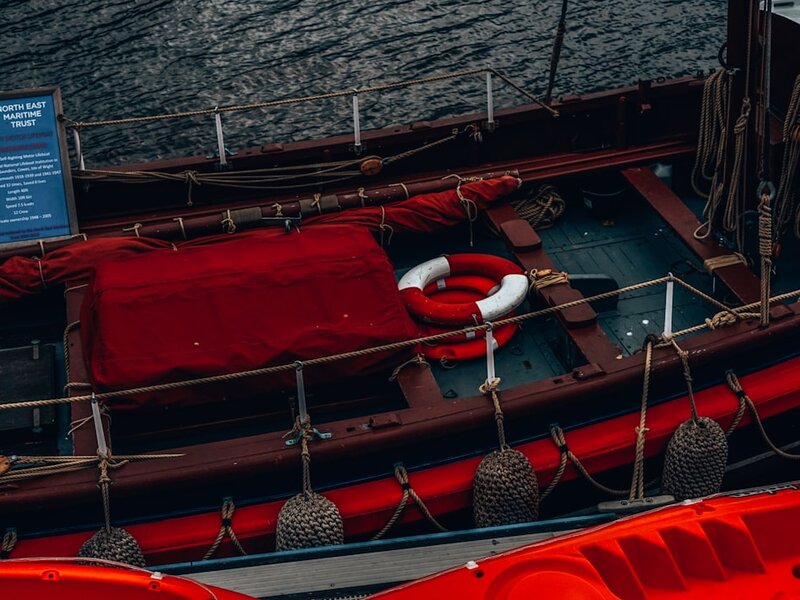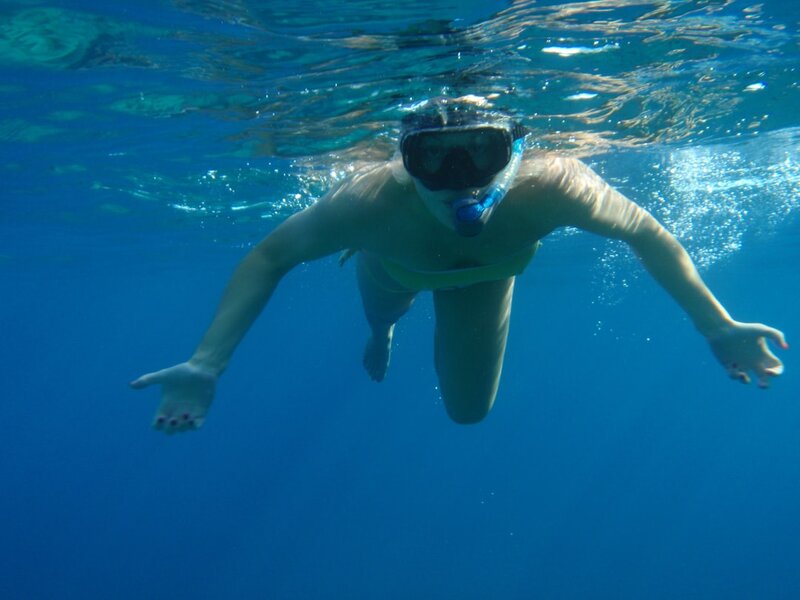Blue Hole Safety Protocols: Essential Guidelines for Red Sea Diving Adventures
Understanding the Blue Hole: A Premier Red Sea Diving Attraction
The Blue Hole in Dahab, Egypt, stands as one of the world’s most iconic dive sites, attracting divers from across the globe seeking Red Sea adventures. Renowned for its sheer vertical walls, crystal-clear waters, and diverse marine life, the Blue Hole offers an unparalleled experience. However, this site also demands the utmost respect for safety protocols and awareness of Red Sea diving safety standards. Whether you are planning your first visit or are a seasoned diver, understanding the unique risks and best practices associated with the Blue Hole is critical for a safe and enjoyable dive.
If you are new to Red Sea diving or considering a dive trip to Dahab, taking time to prepare and familiarize yourself with safety measures is essential. The combination of natural beauty and challenging conditions makes the Blue Hole both enticing and potentially hazardous. This article provides a comprehensive overview of Blue Hole safety protocols, underlining their importance within the context of Red Sea marine conservation and responsible diving.
Why Safety Protocols Matter at the Blue Hole
The Blue Hole’s unique geology—a sinkhole dropping over 100 meters deep—presents specific risks not found at every Red Sea attraction. The archway connecting the Blue Hole to the open sea, positioned at a depth beyond recreational diving limits, has contributed to the site’s reputation. Adhering to established safety guidelines is crucial not only for individual well-being but also for the preservation of the vibrant ecosystem that makes Dahab a top destination for Red Sea diving.
Risks Associated with Blue Hole Diving
- Depth and Decompression: The depth of the Blue Hole increases the risk of nitrogen narcosis and decompression sickness for those who descend too far or ascend too quickly.
- Navigation Challenges: The underwater archway and lack of visual references can disorient even experienced divers.
- Environmental Hazards: Sudden changes in currents and water clarity require keen situational awareness.
Essential Blue Hole Safety Protocols
1. Dive Within Your Certification and Experience
Recreational divers should strictly observe depth limits according to their training. The Blue Hole’s depth and technical challenges make it unsuitable for beginners. If you are interested in advancing your skills, consider enrolling in a course through a reputable provider such as those listed on our scuba diving tours page.
2. Plan Your Dive and Stick to the Plan
Before entering the water, review your dive plan, including depth, route, and emergency procedures. Communicate clearly with your buddy and local dive guides, who possess valuable knowledge of current conditions and site-specific hazards. For those new to the area, joining a guided dive through Red Sea diving tours ensures professional oversight and local expertise.
3. Use Proper Equipment and Conduct Pre-Dive Checks
- Ensure all gear, including regulators, buoyancy control devices, and dive computers, is in excellent working order.
- Carry a surface marker buoy and whistle for signaling at the surface.
- Double-check air supply and backup systems before entering the water.
For a comprehensive packing list, explore our blog for expert tips on preparing for Red Sea adventures.
4. Monitor Your Depth and Time
Vigilant monitoring of depth and bottom time is crucial at the Blue Hole. Avoid the temptation to exceed recreational limits, especially when approaching the archway. Dive computers should be set with conservative profiles, and all divers should ascend slowly, performing safety stops as required.
5. Respect Local Regulations and Environmental Guidelines
Diving responsibly helps protect the fragile coral and marine species that thrive in the Blue Hole. Follow guidelines established by local authorities and marine conservation organizations. For more on Red Sea marine conservation efforts and how divers can contribute, visit our sustainability page.
Pro Tips for a Safe Blue Hole Experience
- Dive with a reputable operator: Choose a licensed dive center with experienced guides and a strong safety record.
- Stay well-hydrated and rested: Fatigue and dehydration can increase the risk of decompression sickness.
- Be honest about your abilities: Never feel pressured to attempt dives beyond your comfort zone.
- Listen to briefings: Pay close attention to site-specific briefings and always ask questions if uncertain.
Many divers combine the Blue Hole with visits to nearby attractions such as the Ras Mohammed National Park, another renowned site for Red Sea diving safety and marine diversity. Explore more of the region’s top locations on our destinations page.
Contributing to Marine Conservation While Diving
Responsible diving goes hand in hand with marine conservation. The Blue Hole is home to vibrant coral gardens and rare species that are vulnerable to human impact. By observing safety protocols—such as maintaining buoyancy control and avoiding contact with marine life—divers play a critical role in preserving the health of the Red Sea ecosystem. Our sustainability initiatives outline how Red Sea Quest supports conservation and how you can participate during your diving adventure.
Frequently Asked Questions About Blue Hole Diving Safety
-
Is the Blue Hole suitable for beginner divers?
No. The site’s depth and conditions make it appropriate only for experienced, properly certified divers. Beginners can explore other excellent sites through our scuba diving tours before advancing to the Blue Hole. -
What is the best time of year to dive the Blue Hole?
The Red Sea offers year-round diving, with spring and autumn providing optimal water temperatures and visibility. For details on seasonal conditions, visit our FAQ page. -
What should I do in an emergency?
Always follow your dive plan and local emergency protocols. Make sure you know the location of the nearest hyperbaric chamber and emergency contact numbers provided by your dive operator.
Plan Your Red Sea Diving Adventure with Confidence
The Blue Hole remains a bucket-list destination for experienced divers seeking Red Sea adventures. By adhering to established safety protocols and prioritizing responsible diving, you can enjoy this remarkable site while protecting both yourself and the marine environment. Ready to explore the best of Red Sea diving? Browse our range of scuba diving tours or learn more about marine conservation on our sustainability page. For further tips and travel inspiration, visit our blog or contact our team for personalized guidance.


